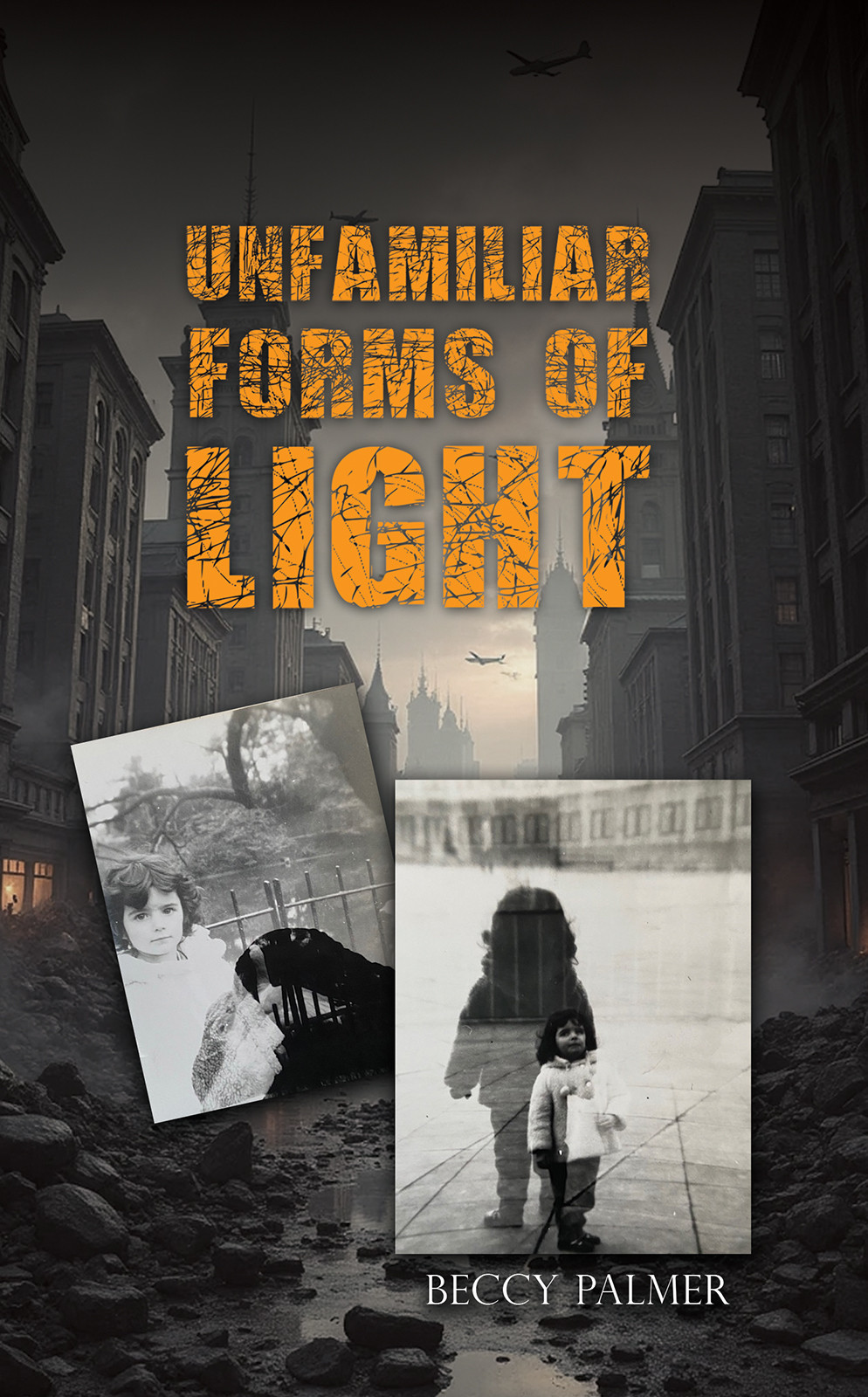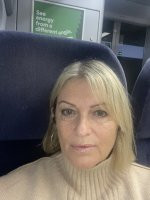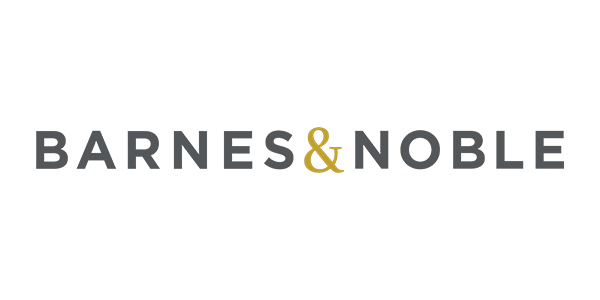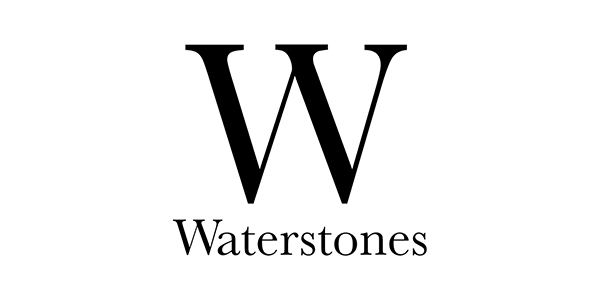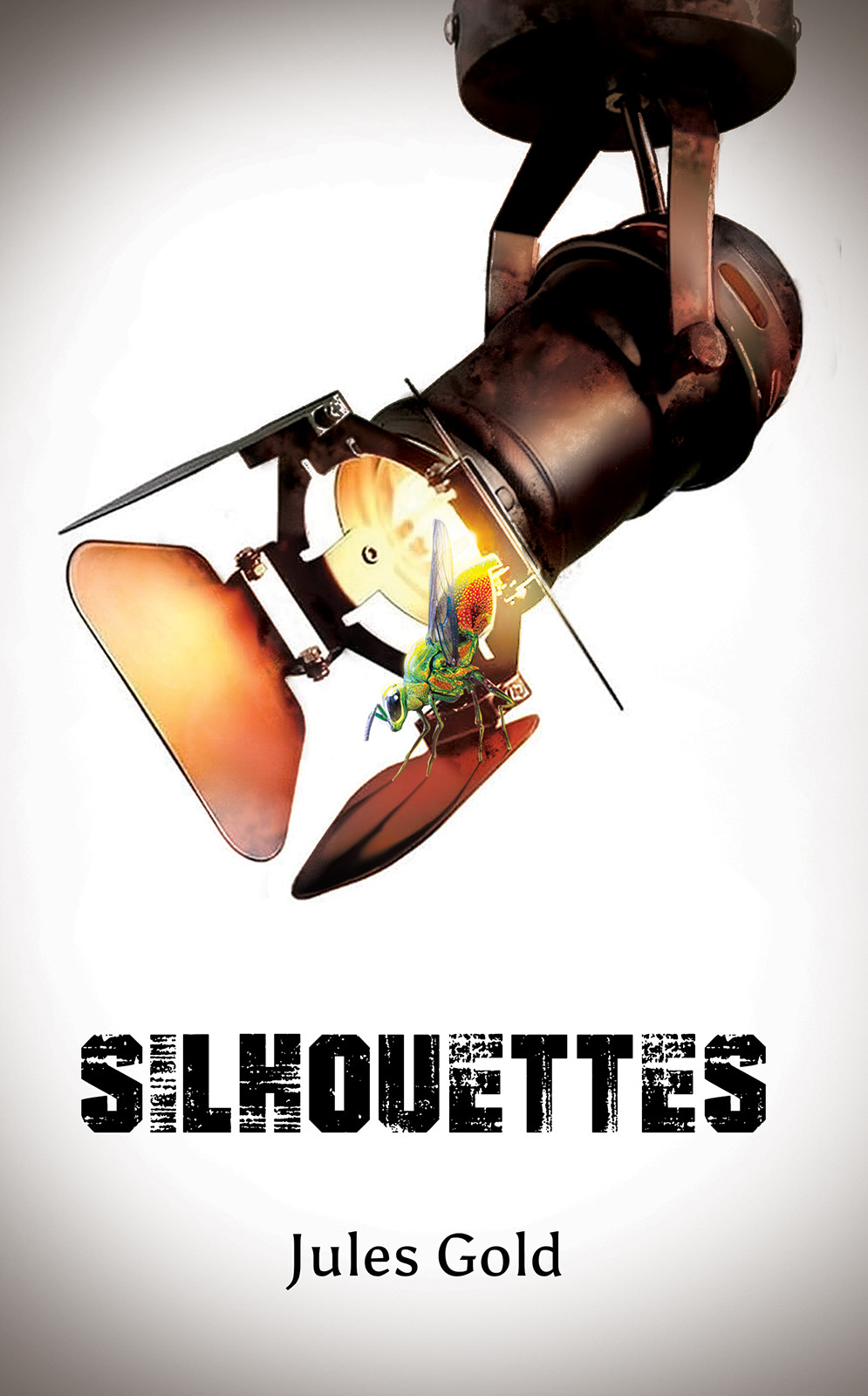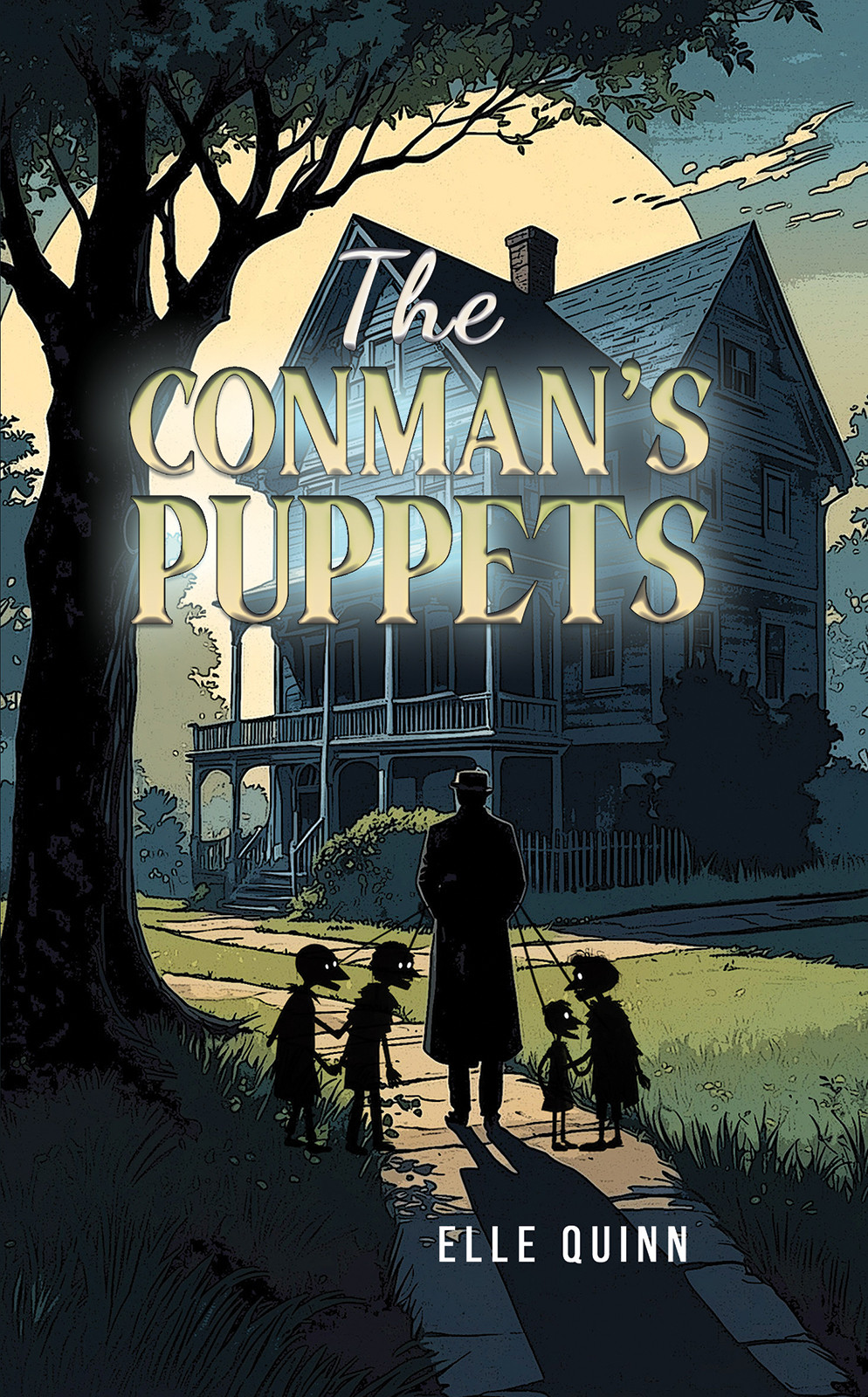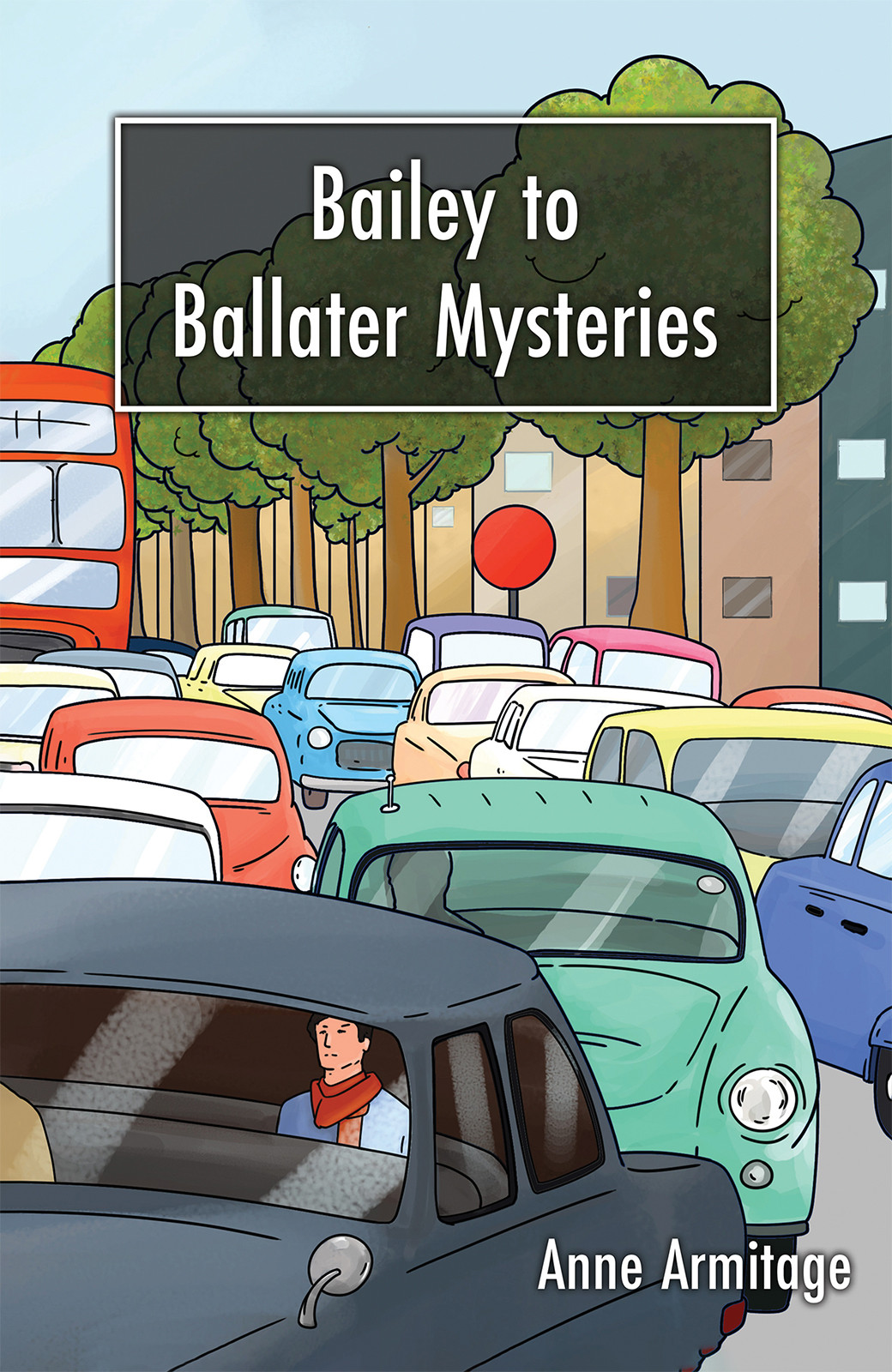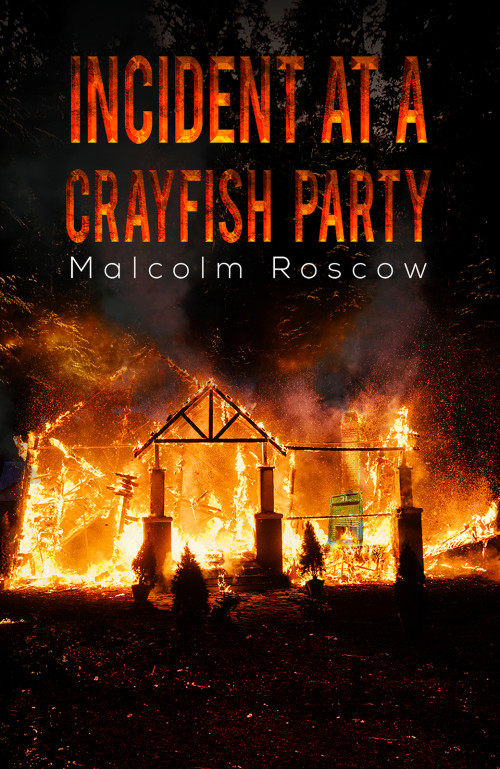Book Description
Told through the eyes of Booba (Grandma), this story follows the life of a young female dancer in 1930s-40s Eastern Europe. It explores themes of relationships, bravery, and unity in the face of hatred, both in the past and today, toward others simply because of their religion, race, colour, sexuality, or gender.
Booba has spent years researching the Holocaust, reading personal accounts, and listening to survivors’ stories. This book does not include names of people or places because she wants you to imagine it is your city, town, or village. She invites you to see yourself and those you know in the story and to experience its reality as if it were your own.
This recollection balances between fact and fiction, yet remains deeply believable. It is also a part of Booba’s heritage, a story she will never stop telling. At its core, this book is about the choices we make, even when limited, and how they shape who we are.
The title comes from a science program that described early life forms as being blind to unfamiliar light, forcing them to adapt to survive or disappear. Booba sees a reflection of humanity in this idea. People are often taught, conditioned, and sometimes forced to believe there is only one way to live, one way to die, and one way to see the world. She refuses to accept this.
She believes in something better.
Human beings are resourceful and intelligent, and she has witnessed countless moments of compassion and support between people. Booba pleads with the world, feeling that time is running out, to embrace our true selves and uncover the beauty we are capable of before it is too late.

